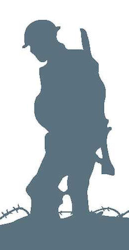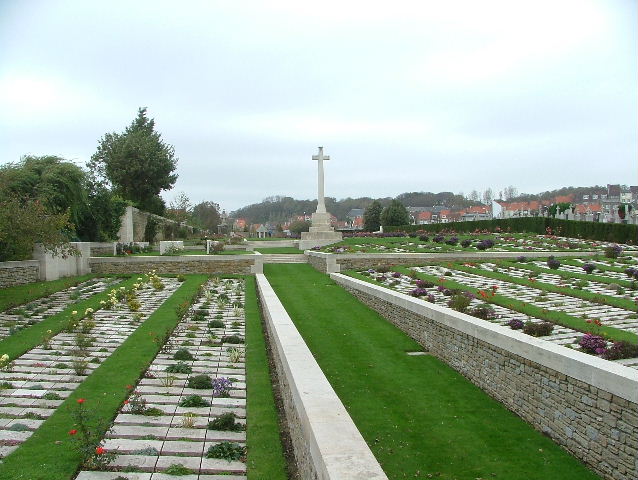Name
John William Owen
Conflict
First World War
Date of Death / Age
03/06/1916
Rank, Service Number & Service Details
Sapper
510268
Canadian Engineers
1st Tunnelling Company
Awards: Service Medals/Honour Awards
Not Yet Researched
Cemetery/Memorial: Name/Reference/Country
BOULOGNE EASTERN CEMETERY
VIII. A. 118.
France
Headstone Inscription
Not Researched
UK & Other Memorials
Abbots Langley Village Memorial, St. Lawrence Church Memorial, Abbots Langley
Biography
John Owen was one of several local men that emigrated to Canada in the years before the Great War. It is not certain when he went to Canada. In the 1911 Census he was recorded working as a Paper-worker, presumably at one of John Dickinson’s Mills. John was one of three brothers and five sisters of Thomas Owen and his two wives Mercy (died 1893) and Sophia. The family had lived in Breakspeare Road until Thomas died in 1898, whereupon Sophia moved to “The Wooden House” at Abbots Bottom, near to Asylum Road (now College Road).
When the Great War broke out John was living at Holland Landing in south-east Ontario, about thirty miles north of Toronto. He joined up on 27th October 1915 at the Toronto Recruiting Depot, and gave his date of birth as 27 October 1886 contradicting the information listed in the 1901 Census which indicated that his year of birth was 1888-9. He was 5’ 2” tall and had a scar on each side of his forehead and on his left cheek.
He joined the 1st Canadian Tunnelling Company and returned to Europe, and moved to France and then on to the Ypres sector in Belgium for a period of instruction. In March 1916 the Tunnelling Company relieved the 182nd Company near Armentieres, and in May moved to “The Bluff” near “Hill 60” where they were engaged in tunnelling and laying mines under the German Front Lines. The War on the Western Front had settled into stalemate. Both sides tried to gain advantage through tunnelling and burying huge explosive mines under each other’s trenches. Tunnelling reached its peak in June 1916 when between 30-40,000 men took part in this activity. It’s not known what role John played in the mining and tunnelling operations, or whether he worked above or below the surface as a Tunneller or an Engineer bringing up supplies, removing soil from the digging, or planning and surveying the tunnelling work. He died of an illness on 3rd June 1916, and was buried along with two other men from Abbots Langley – George Martindale and Albert Sage, at Boulogne Eastern Cemetery. A large number of Base Hospitals were located in the area around Boulogne. Wounded and sick men, evacuated from the Front Lines would arrive at Base Hospitals for care and assessment, and the badly wounded cases would be shipped back to “Blighty”. It is most likely that John was taken ill whilst near the Front, and made it back to Boulogne, where he eventually died. In the period around his death, the 1st Canadian Tunnelling Company was based at La Clytte, just to the south-west of Ypres. The Company was excavating a mine at “The Bluff” near “Hill 60”, to the south of Ypres. His half-brother – Walter Owen – was serving in the trenches to the east of Ypres at this time.
John’s younger brother, Walter was killed in action on the Somme on 15th September 1916, however his elder brother Bertie, who was first recorded in the Abbots Langley Parish Magazine Roll of Honour in January 1918, survived the War. News of John’s death made it back to Abbots Langley and was recorded in the Parish Magazine in July 1916 where Vicar Parnell wrote:
“We have to lament the addition of another name to our growing list of those who have given their lives for their Country. John Owen went out to Canada some years ago, but at the outbreak of war joined the great army of those who heard and responded to the call of the Mother Land. He was never physically strong, but his keenness and pluck were so strong that his bodily infirmities were not allowed to be a bar. He was taken ill at the Front, and died in Hospital in France on June 3rd.”
John Owen was commemorated on the Abbots Langley War Memorial and was buried at the Boulogne Eastern Cemetery on the French coast.
Acknowledgments
Roger Yapp - www.backtothefront.org



